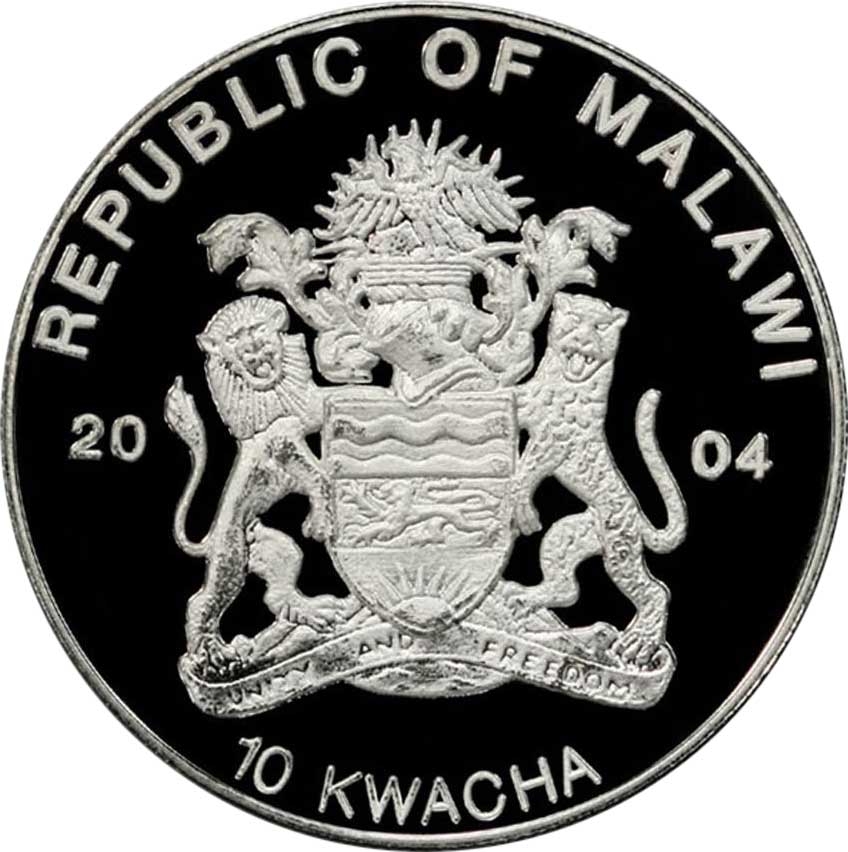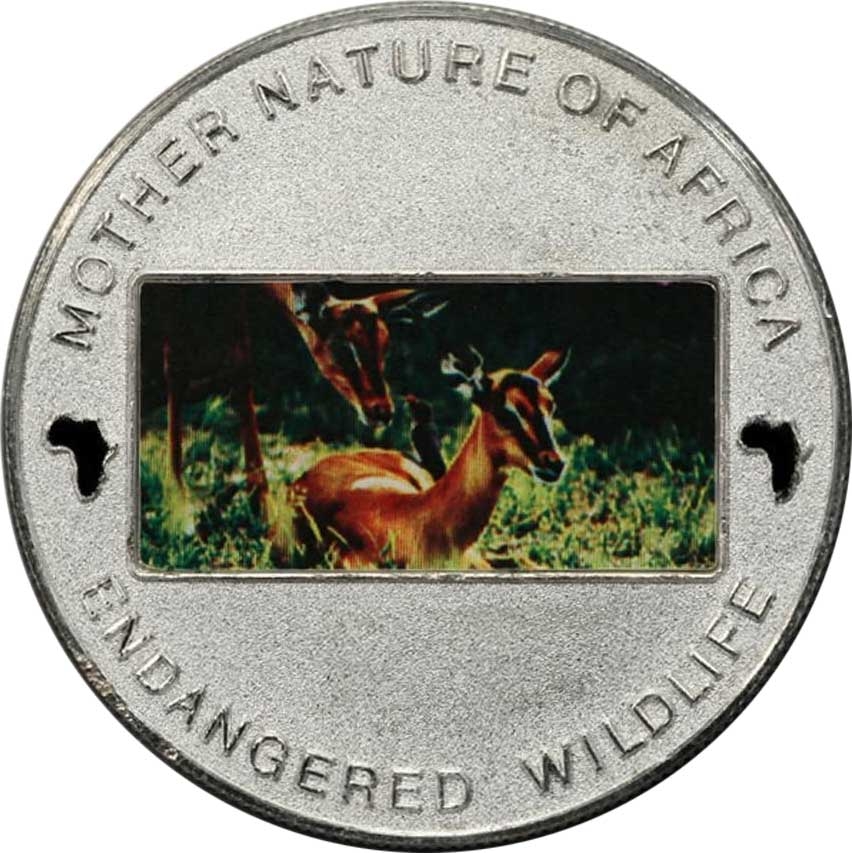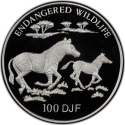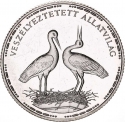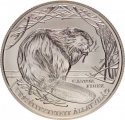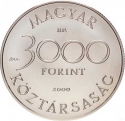You are about to finish your registration. Please check your mailbox (including spam folder). There should be a letter with a confirmation link. Check setting to make sure that your e-mail address is correct.
Send letter againDescription
After extensive study comparing Africa to other regions, it remains the only continent rich in untapped resources and artifacts. Despite this, Africa is often disrespected and undervalued by other nations, leading to the misconception of it as a continent of limitations.
The impala (Aepyceros melampus) is a medium-sized antelope native to eastern and southern Africa, recognized for its reddish-brown coat and slender, lyre-shaped horns in males. There are two subspecies: the common impala, found in grasslands, and the black-faced impala, which inhabits scrublands. Impalas reach 70–92 cm at the shoulder and weigh between 40–76 kg. They are active during the day, forming territorial, bachelor, and female herds, and use high leaps to evade predators. Impalas are both browsers and grazers, feeding on a variety of vegetation. The species is classified as least concern by the IUCN, though the black-faced impala is considered vulnerable with fewer than 1,000 individuals left in the wild.
Obverse

|
Depicts the coat of arms of Malawi dividing date, country name above, and denomination below. REPUBLIC OF MALAWI |
|---|---|
Reverse

|
Depicts a multicolored impala mother and its fawn in a tender scene and plants with trees in the background within a rectangular shape dividing small two maps of Africa on both sides surrounded by two inscriptions of series. MOTHER NATURE OF AFRICA |
| Edge |
10 Kwacha
Republic
Endangered Wildlife
Impala and Fawn
Subscribe series
KM# 89 Schön# 80.8
Endangered Wildlife
Impala and Fawn
Characteristics
| Type | Commemorative Issue (Non-circulating) |
| Material | Silver Plated Cupronickel |
| Weight | 29.22 g |
| Diameter | 38.7 mm |
| Thickness | - |
| Shape |
|
| Alignment | Medal |
